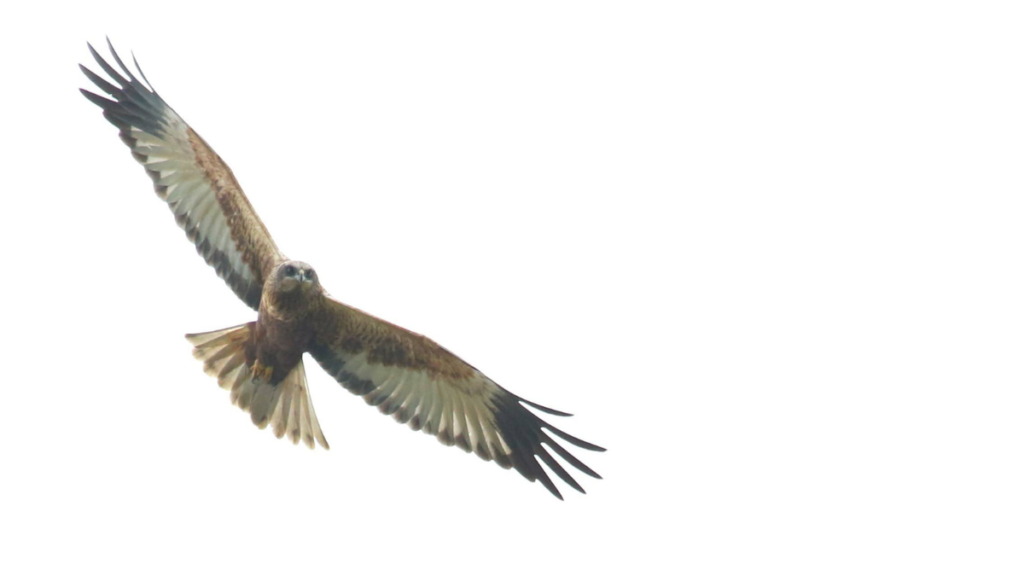Shifting Baseline Syndrome – sounds complicated, but it’s not really: People today are losing knowledge of previous generations about nature and take what they know from today’s evidence as the basis for determining which species or habitats to protect. As a result, the boundaries for what is worth protecting are becoming ever lower. A spiral that has driven Irish ranger Margaux Pierrel so much that she applied to the Alfred Toepfer Natural Heritage Scholarships offered in cooperation with Europarc Federation.
We spoke to the ranger for the National Parks and Wildlife Service at Ireland’s West Coast about her study visits to protected areas and rewilding initiatives in the UK, the Netherlands, France and Bulgaria – all places that are aware of the challenges of the Shifting Baseline Syndrome (SBS), especially in times when ambitious nature conservation policy targets such as 30×30 and more are urgently needed. Here, she reveals how rangers can raise awareness of the syndrome and find solutions.
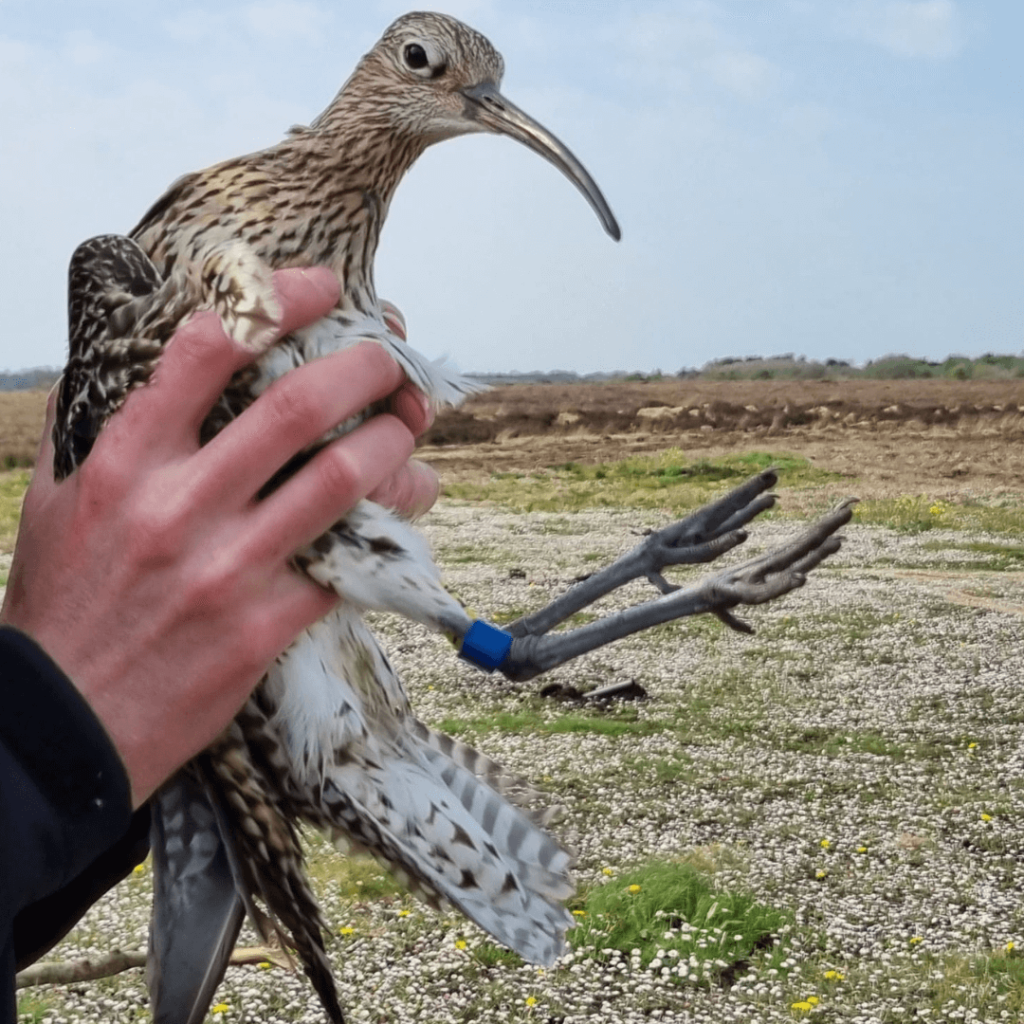
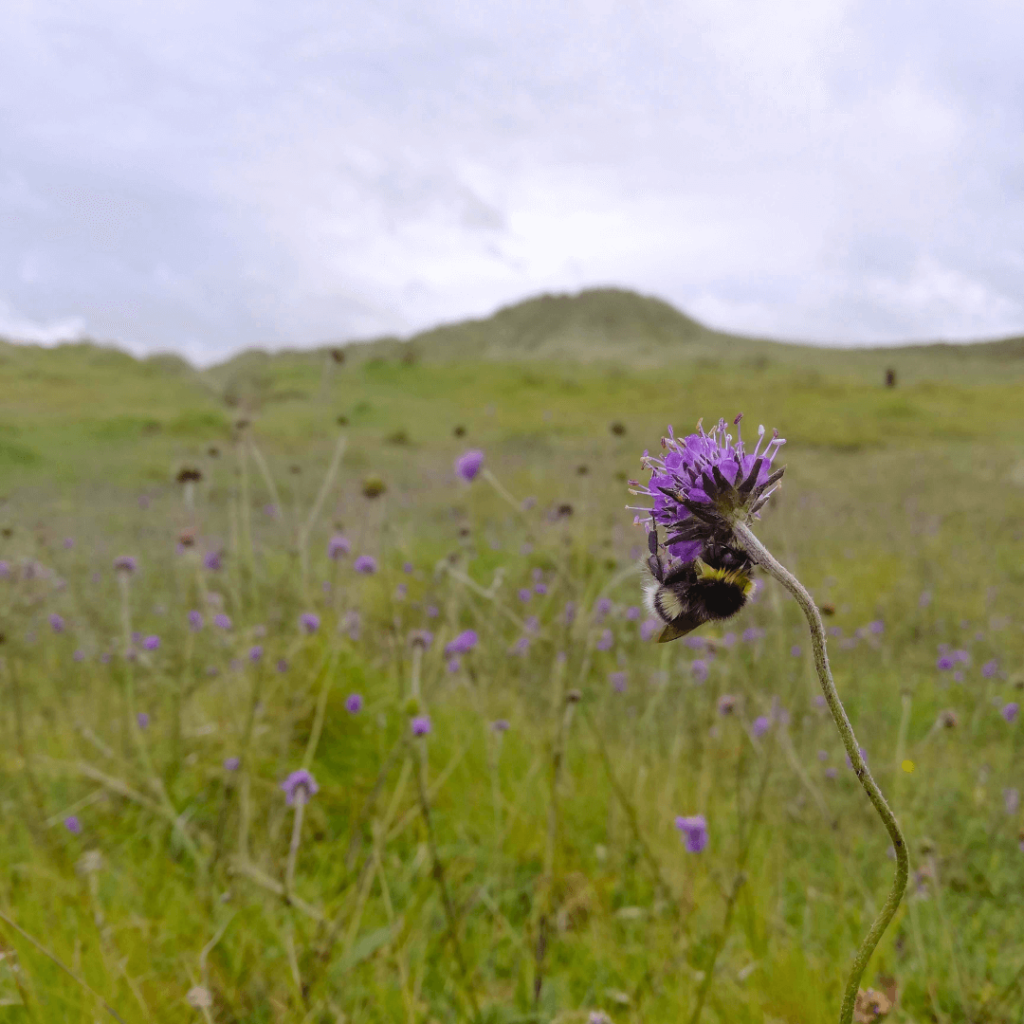
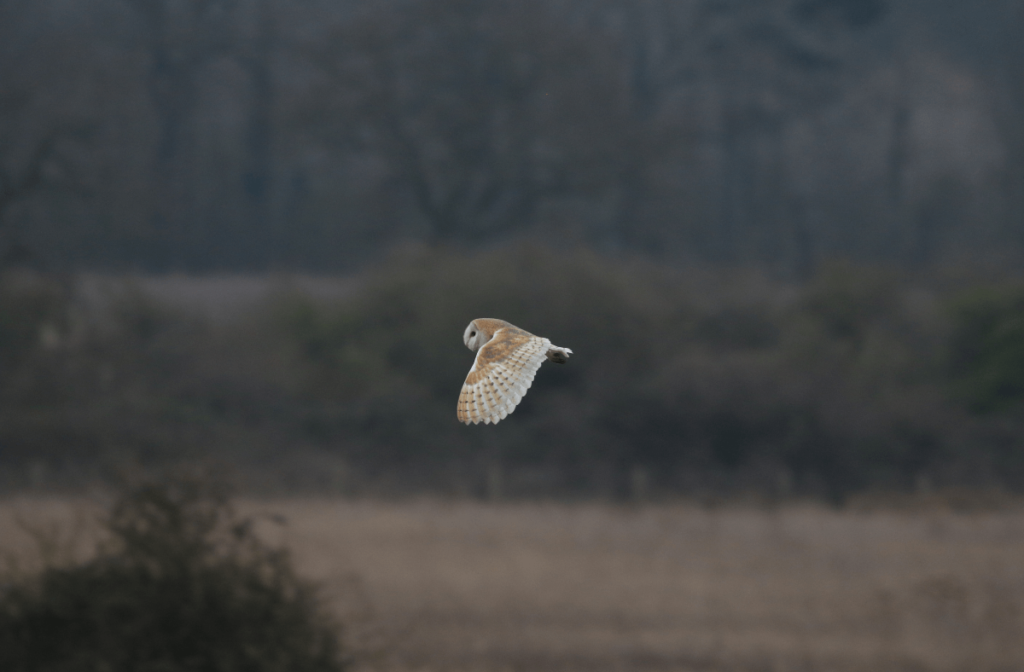
Margaux, could you start by briefly explaining what SBS is?
What I refer to as a ‘pristine natural environment’, older people might consider damaged or impoverished from what it was 50, 70 or 100 years ago. With ongoing environmental degradation, people’s accepted thresholds for environmental conditions are continually being lowered. This psychological and sociological phenomenon is called “Shifting Baseline Syndrome”. It is a gradual change in the accepted norms for the condition of the natural environment due to a lack of experience, memory or knowledge of its past condition.
How did you come to want to take a closer look at the topic?
I first heard about SBS when I read the book “Wilding” by Isabella Tree. It’s essentially about how she transformed her farm into one of today’s pioneers of rewilding projects in Europe. She mentions SBS in her book. One of her stories: all the scientists were surprised when the nightingale returned to her farm. They associated the bird with forest habitats. But Tree shows in her book that older generations of naturalists, as early as the 19th century, recorded the nightingale as a species found nesting in thorny bushes, shrub and waste ground.
“There is a shift in the baseline of how we associate species with certain habitats
without considering whether that habitat is the optimal one or just the only one left.”
Only now, with all these habitats gone, the species has slowly moved into woodland. This shift in the baseline of how we associate species with certain habitats without considering whether that habitat is the optimal one or just the only one left: I found that very interesting. It has implications for my profession, but also for what I consider natural. So I wanted to find out more about it. When I heard about the scholarship organised by the Europarc Federation together with the Alfred Toepfer Foundation, I had to have a good topic in view of the fierce competition. Then it hit me: SBS, that’s the one. Everyone will understand it. And it affects everyone.
What was the main trigger for you through your experiences as a ranger?
In my work as a ranger, I see every day how people are slowly getting used to the deterioration of habitats and the loss of species. We are not aware of the changes, but climate change and the loss of biodiversity are happening. Whether it is because there is a lack of historical data or because we disconnected ourselves from nature: When I deal with people, landowners, politicians or the general public, it makes my job a lot harder to convince them to protect nature.
“People feel increasingly uncomfortable in a natural environment, and I think it is
because we are becoming disconnected with what nature really is: messy and untamed.”
I experience this especially in public outreach: people feel increasingly uncomfortable in a natural environment, and I think it is because we are becoming disconnected and unfamiliar with what nature really is: messy and untamed. One of the triggers I’ve really had is the lack of vocabulary for nature. People talk about “furry animals” or “birds” but don’t have words for the actual species like pine marten or blue tit, nor for their habitats.
Which findings from your research influence you most in your work as a ranger today?
One of the consequences of SBS is complacency in conservation, when policy makers or ecologists set inappropriate or unambitious targets for restoring or protecting nature due to misconceptions about the state of nature. I wanted to find out if I was preventing myself from being ambitious when it comes to conserving what I consider important. And then I started to transfer the question to my colleagues and managers. And of course, everyone has a different perspective on what would be an interesting approach to conservation, depending on their personal perception.
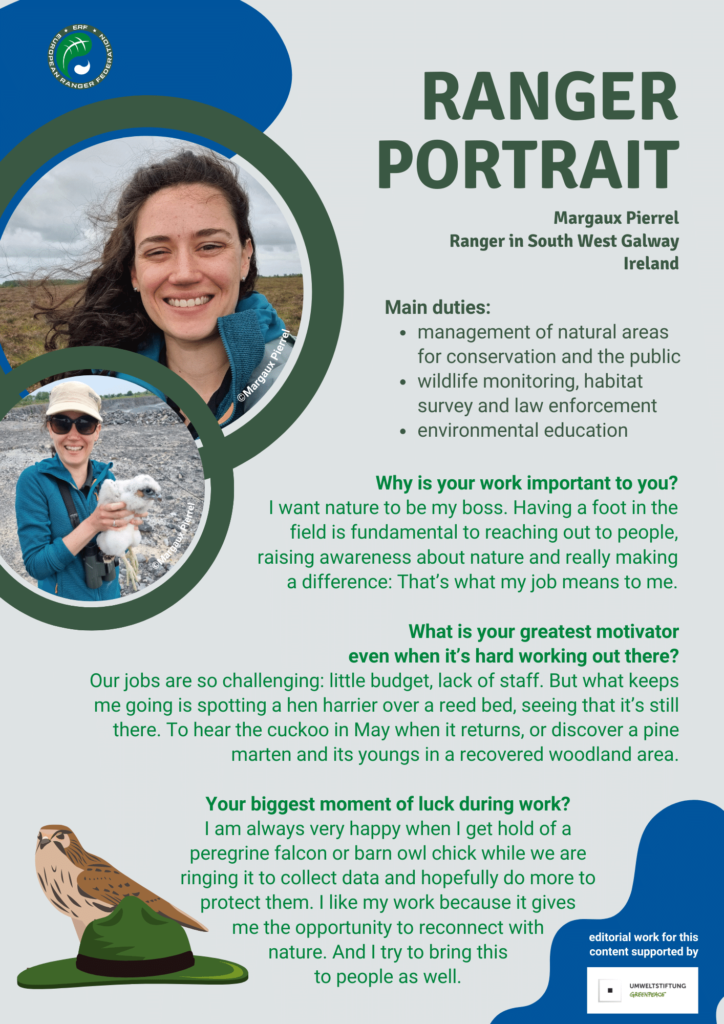
Where do you see the greatest leverage to do something about SBS in ranger work?
The first thing is raising awareness. Although you easily understand what it is: the term of SBS itself is relatively unknown, and there is very little research. Reaching out to people as a ranger and sharing the findings of SBS research, how it affects nature and that targets and projects could be far more ambitious: this is my main focus in this regard. I would also recommend reading about it and applying it to yourself first.
What were the most impressive moments during your research?
In Bulgaria, I was able to see what Western Europe may have looked like in the past. And the efforts made by Rewilding Europe and the local organisation Rewilding Rhodopes to reintroduce vultures or large herbivores like the bison were really impressive to see. As was the visit to the Knepp Estate in the UK after reading the book “Wilding” about the estate’s rewilding project: It was really fascinating to see how the project went from the idea of rewilding at this place into the community and involved tourists, residents, just everyone.
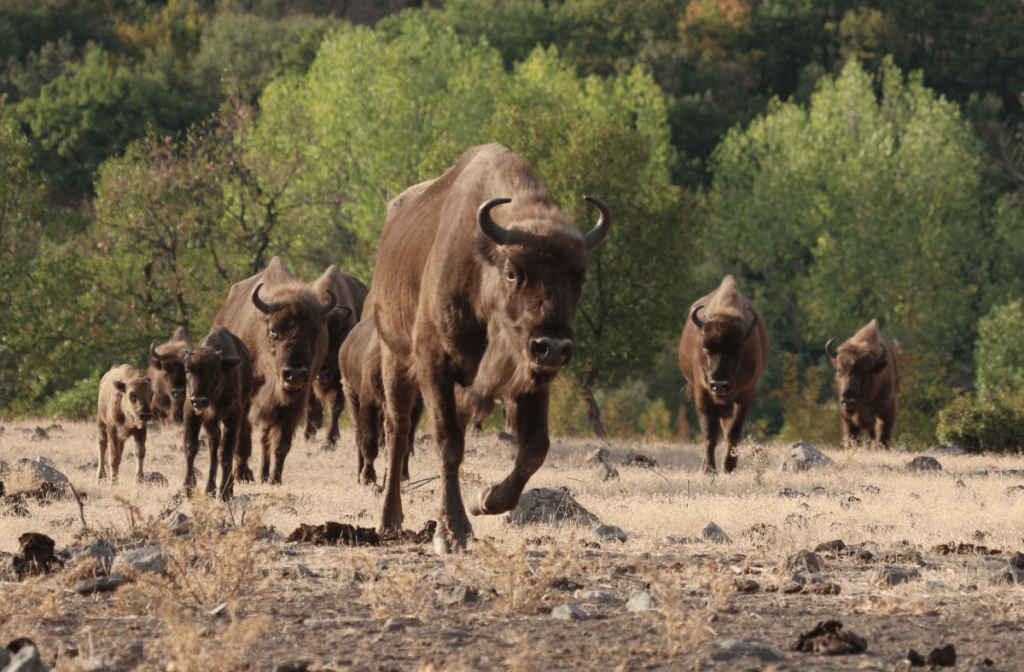
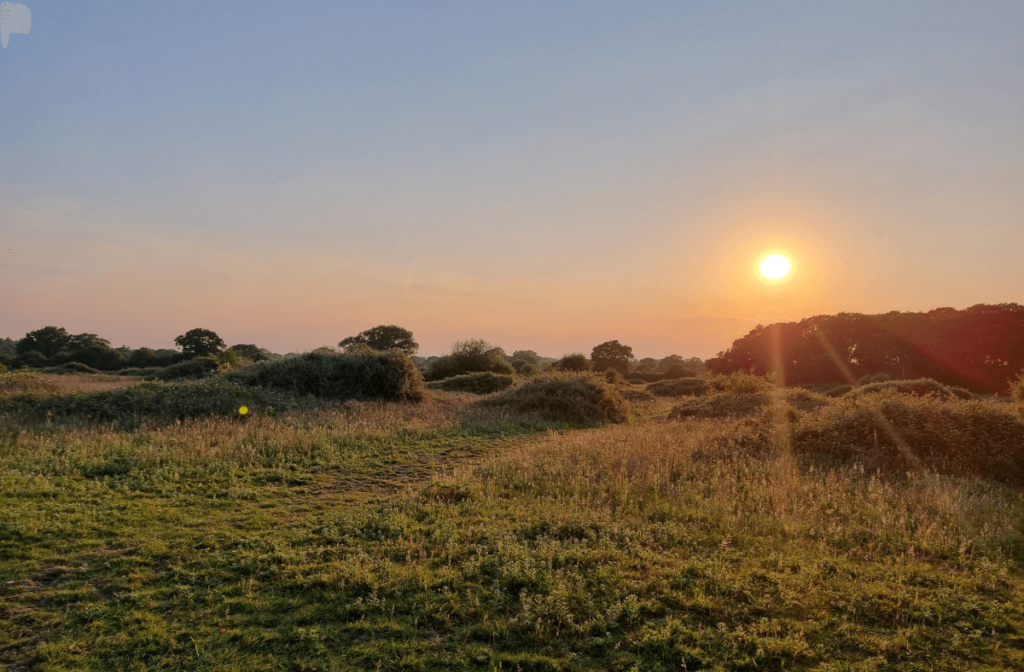
What’s next: How will the topic of SBS continue to accompany you?
Now that I’m aware of it and see how it affects everything, it stays with me. I will share my experiences and my report and hope that I can implement some measures in my area. This will have to be a long range thought because what I have learnt from my study trips is that it’s not really time to talk about it too much. It’s time to take action and raise awareness first.
A good way to illustrate the topic is through examples such as the corncrake for my region. It is a breeding migratory bird that comes to semi-natural grassland and needs a certain height of vegetation to be able to hide. The corncrake is a small bird whose male makes a very characteristic creaking sound when it is protecting its territory or looking for a mate. 50 to 60 years ago, this sound could be heard all over the four corners of Ireland. Today, with the intensification of agriculture and changing practices, this sound has almost disappeared. In 2018, 151 singing males were recorded across the country in 2020. That’s a 96 percent decline in 50 years. But we don’t notice, only the older generations remember the corncrake and the striking sounds outside their homes. And that’s just one example of what’s happening to many bird species. For the hen harrier, for example, the decline of breeding pairs is even more worrying.
© all photos by Margaux Pierrel; header photo: male marsh harrier in Wild Ken Hill, UK
editorial work for this
content is supported by


